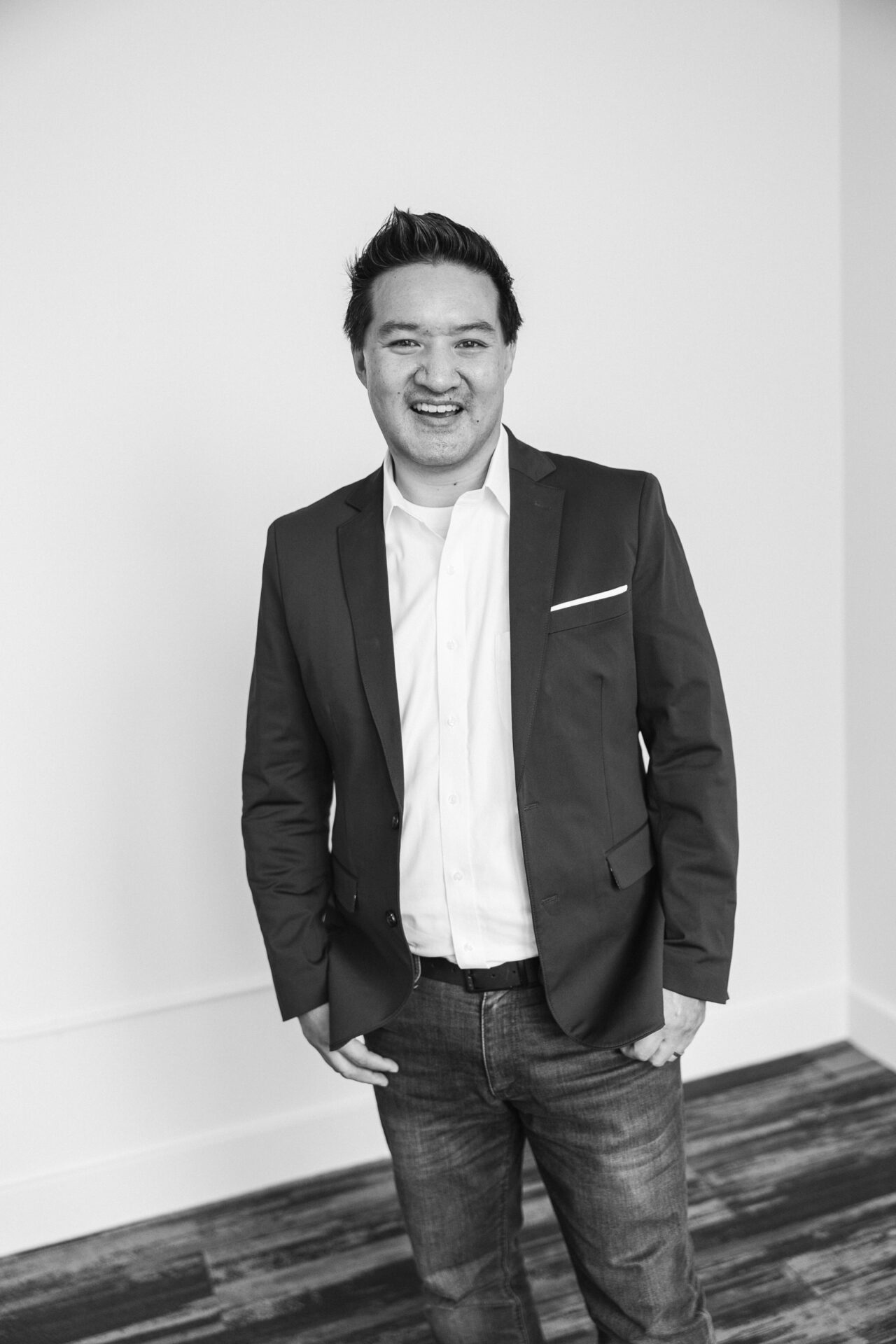Yesterday, the S&P 500 plunged nearly 5% (its worst single-day fall since June 2020) in response to a sweeping new wave of tariffs announced by President Trump, sparking global backlash and immediate market recoil. But while analysts scrambled to interpret bond yields and global trade implications, brands should focus somewhere else: the customer.
When the economy convulses, consumer behavior follows. And not in random ways, but in well-documented, psychologically grounded patterns. And if you understand how fear, uncertainty, and financial pressure reshape decision-making, you can react appropriately.
We’ve faced instability before. The 2008 financial crisis. The pandemic-induced freefall of 2020. Each crisis looked different on the surface, but underneath, they exposed similar behavioral truths. The most important one? When stability vanishes, people prioritize control. And that changes everything.
In moments like this, spending both slows and shifts. Economic anxiety triggers a kind of behavioral tunnel vision.
People turn inward.
They seek safety in essentials.
They scrutinize value.
They stockpile not just out of need but out of fear of future inaccessibility, whether due to price hikes, scarcity, or both.
This week’s crash, driven by uncertainty around tariffs, could spark a very specific kind of consumer response: one that blends the financial caution of 2008 with the supply-chain panic of 2020.
In other words, price sensitivity will surge, and so could irrational bulk buying. Especially in categories vulnerable to import costs: electronics, home goods, even packaged food. It’s not hard to imagine shoppers making “just in case” purchases, fearing what prices might look like next month.
And don’t expect brand loyalty to hold. In times of crisis, it rarely does. During COVID-19, more than 40% of U.S. consumers tried new brands. This was not for novelty. Instead it was for availability, convenience, or price. And once those new choices delivered, many never went back. The same dynamics will play out now. People will shop around. And they’ll reward brands that show up when others don’t.
It’s also worth noting that the psychological backdrop of this crash is different from what we saw in a pure health crisis. The fear today isn’t viral, it’s financial but that doesn’t make it less visceral.
Research shows that when people perceive economic threat, it triggers a drop in optimism, an increase in cautious behavior, and often, a delay in major life decisions: whether buying a car, planning a vacation, or even switching jobs. This kind of slow-burn uncertainty shapes consumer habits for months, sometimes years.
So how should brands respond? Well first, don’t panic, but also don’t assume business as usual.
Instead, stay steady. Lead with clarity and empathy. Show your customers that you understand what they’re navigating and that your products, services, and values are still aligned with what matters most right now.
A few anchors to hold onto:
The companies that come out of this stronger will be the ones that adapted first. They will be guided not by short-term panic, but by a deep understanding of long-term human behavior.
The market might crash but your strategy shouldn’t.
Spending behavior narrows. Groceries, household items, healthcare products—these categories hold strong or even grow. During the 2008 financial crisis, discretionary spending dropped sharply, especially for durable goods like electronics and furniture (source). By contrast, food-at-home and essential categories remained stable or increased.
The COVID-19 pandemic showed a similar reallocation, but with added urgency. Demand surged for pantry items, cleaning supplies, and health-related purchases (Deloitte, McKinsey).
If tariffs drive up costs or create perceived scarcity, consumers could respond with protective behaviors like early stockpiling, especially in import-heavy categories. It’s a play for control, one grounded in behavioral economics.
When financial pressure increases, thrift follows. Consumers become more selective and conservative. They reduce purchases, delay big decisions, and reevaluate brands based on price, availability, and trustworthiness.
During the Great Recession, shoppers turned toward discount retailers, private-label goods, and warehouse clubs (Stanford). This led to lasting changes in where people shop and what they expect from brands.
By 2020, frugality extended to digital environments. Consumers adopted new routines that emphasized convenience and efficiency—often driven by platforms like Amazon or Instacart but also reflected in their broader decision-making (McKinsey).
When shelves go empty or prices jump, brand loyalty erodes. In a McKinsey global study, 40% of consumers reported switching brands during COVID-19. Many didn’t switch back (source).
Availability and value matter more than legacy. Brand trust is tested during moments like this—and new entrants with strong offers or simple access models can gain ground quickly.
Crisis influences the brain before it affects the wallet. Economic pressure increases anxiety and reduces cognitive flexibility. Research shows that in stressful periods, people lean toward short-term thinking, reduce spending on future-oriented items, and exhibit risk aversion across categories (source).
Consumer psychology during these periods is shaped by protective instincts. Shoppers seek products and experiences that feel safe, stable, and easy to access. They avoid complexity. They favor clear value and emotional reassurance.
With macroeconomic instability, households become hubs of activity again. Spending shifts inward—to food preparation, entertainment, fitness, and home improvement. This trend accelerated during the pandemic and remains sticky post-crisis (source).
If tariffs make services or out-of-home entertainment more expensive, expect renewed interest in home-centric convenience. Delivery services, DIY, streaming, and in-home wellness stand to gain traction.
So yes, the market dropped and consumer behavior will shift. The question is whether your business is ready to meet customers where they are now—not where they were last quarter. Here’s what matters:
Behavioral science gives us the signals. The work now is to translate them into action.

At Blazer, we partner with ambitious brands and leaders that refuse to settle for less.
Blazer is the consulting firm that helps brands prove what drives customer value, and builds teams that deliver on it.
16 W. Martin St., 9th Floor, Raleigh, NC 27601
16 W. Martin St., 9th Floor, Raleigh, NC 27601